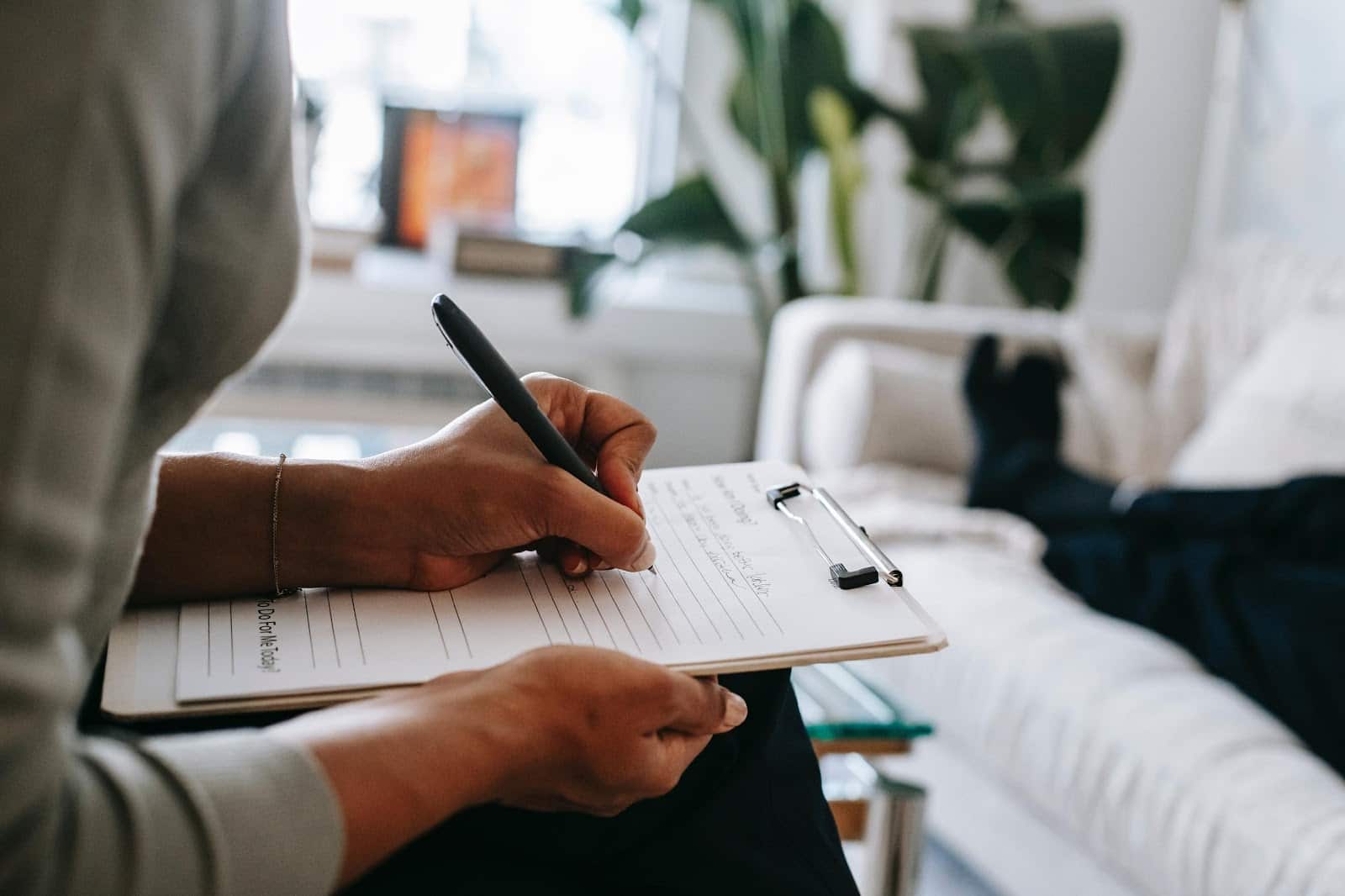As more and more schools across the country reopen after a year dominated by the coronavirus pandemic, many students and teachers are weighing excitement with anxiety. While reopening brings exciting academic and social opportunities for students, it can also be a physically and mentally stressful time, and educators should be mindful of best practices to balance student health with the demands of reopening.
Physical Health

Especially given the challenges of the pandemic, the physical health of students and educators is at the forefront of everyone’s minds. It is important that your school follow the CDC guidelines for creating a COVID-safe environment for students and faculty alike. Moreover, as students may be adjusting to different schedules and routines as school reopens, it is important to encourage them to tend to their physical health more generally—this includes getting a full night’s sleep of at least eight hours, and eating regular, nutritious meals.
Mental Health
While best practices for physical health are well known, it is vital, now more than ever, to keep student (and faculty) mental health in mind. The pandemic has taken an enormous toll on many students’ mental health, from the uncertainty of the situation from one day to the next, to the isolation from their friends and classmates. Moreover, students who have contracted COVID over the course of the pandemic may suffer from lingering psychological, as well as physical, side effects.
Schools can be an important resource for mental health support, from informal sources like friends and teachers, to official resources like counselors and school psychiatrists. Be certain that your students are aware of the resources available to them, and encourage them to take advantage—even if they’re not currently in crisis, early-intervention support can help prevent them from getting there.
Trauma

While it can be painful for them to discuss, many students returning to the classroom may be dealing with trauma. With the tragic toll of the pandemic, students may be grieving the loss of a loved one to COVID, or dealing with the incredible financial and mental strain many families, including those of essential workers and those who’ve suffered a loss of income, are going through. Let your students know that you’re there for them if they need a safe space to talk, and that while what they’re going through is hard, they don’t need to go through it alone.
One Step at a Time
School reopening can feel like a rush—both metaphorically and literally. Educators may be eager to make up for lost time in working with their students in ways that weren’t possible in a remote model. Students might be in a hurry to get back to “normal life,” both academically and socially, as soon and as much as possible. But school faculty and staff should head back to school aware that there may be setbacks—and that, for their own health and that of their students, patience is key. Taking reopening one day at a time will help your students have the healthiest transition, physically and mentally, that they can.
A-List is experienced in partnering with educators, schools, and nonprofits to ensure all students' success and well-being. Contact us to learn more.

